European Mountain Ash Identification - European Mountain Ash Care


What is a European mountain ash tree? European mountain ash (Sorbus aucuparia) is a small deciduous tree that likes to grow in cooler mountain reaches. It often presents with many trunks and is low branching like a large shrub. Gardeners sometimes grow these mountain ash trees for ornamental purposes. They have decorative features, including their displays of late spring flowers and early autumn fruiting. If you are considering doing the same, read on for some tips on European mountain ash care as well as a caution about its invasiveness.
European Mountain Ash Identification
The European mountain ash tree is a small deciduous species with a slender trunk and upward-curving branches. Mountain ash can grow to around 30 feet (10 m.) tall in appropriate climates. It dislikes heat and humidity, growing best in USDA plant hardiness zones 3 through 6.
If you are looking for European mountain ash identification info, keep in mind that the tree has an erect, oval form when it is young, but as it ages, you begin to see more of its slender trunk. Look for attractive white blossom clusters that appear in late May, followed by bright red berries in autumn. They attract birds and hang on the tree as the leaves turn bright shades of yellow or purple in autumn and fall to the ground.
European Mountain Ash Leaf
Another good means of identifying this tree is by its leaves. The European mountain ash leaf is highly recognizable. Each leaf is long and compound, composed of nine to 14 oval leaflets with serrated edges. Each leaflet narrows slightly at the tip. The color of the foliage also stands out. The upper side of the leaflets are a dull forest green, while the underside is quite pale. In autumn, the leaves turn yellow, orange, red, or purple.
European Mountain Ash Care
European mountain ash care is not difficult if you plant the tree in the right hardiness zone and site. The tree requires full sun and well-draining soil, preferably acidic. Don’t plant where there is salt in the soil or the soil is compacted.
Is the European mountain ash invasive? Yes, it can be. The tree propagates readily and naturalizes quickly. It is considered invasive in seven states where it has escaped cultivation and is shouldering out native shrubs. These are Iowa, Illinois, Maine, Minnesota, Oregon, Washington, and Wisconsin. In addition, it has naturalized in 27 northern states.
Gardening tips, videos, info and more delivered right to your inbox!
Sign up for the Gardening Know How newsletter today and receive a free copy of our e-book "How to Grow Delicious Tomatoes".

Teo Spengler is a master gardener and a docent at the San Francisco Botanical Garden, where she hosts public tours. She has studied horticulture and written about nature, trees, plants, and gardening for more than two decades. Her extended family includes some 30 houseplants and hundreds of outdoor plants, including 250 trees, which are her main passion. Spengler currently splits her life between San Francisco and the French Basque Country, though she was raised in Alaska, giving her experience of gardening in a range of climates.
-
 Looking For Plants To Give You The Soft And Fuzzies? Try These 5 Fuzzy Leaf Plant Options
Looking For Plants To Give You The Soft And Fuzzies? Try These 5 Fuzzy Leaf Plant OptionsLovers of texture, drama, silver foliage and tactile plants will adore these special sensory garden additions. These fuzzy leaf plant options will leave you all aglow
By Susan Albert
-
 Get Ready For A Summer Of Hummers! Grow These Full Sun Hummingbird Plants and Flowers
Get Ready For A Summer Of Hummers! Grow These Full Sun Hummingbird Plants and FlowersIf you’re lucky enough to enjoy a sunny backyard, make sure you are maxing out on your pollinator opportunities and grow these full sun hummingbird plants and flowers
By Tonya Barnett
-
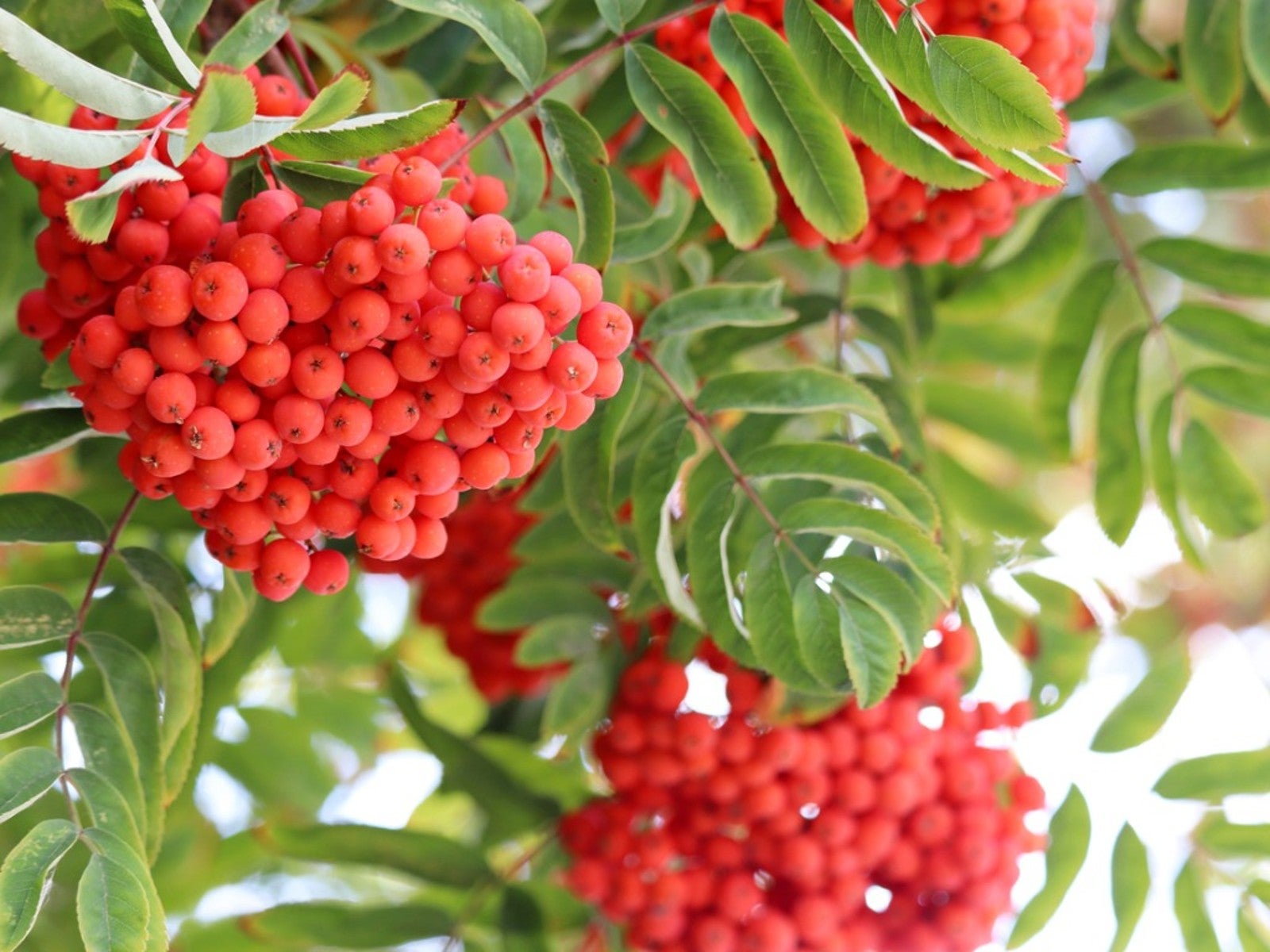 European Mountain Ash: Care For The Rowan Tree
European Mountain Ash: Care For The Rowan TreeAre mountain ash and rowan trees the same? They are exactly the same tree. Read on for more information on these trees.
By Teo Spengler
-
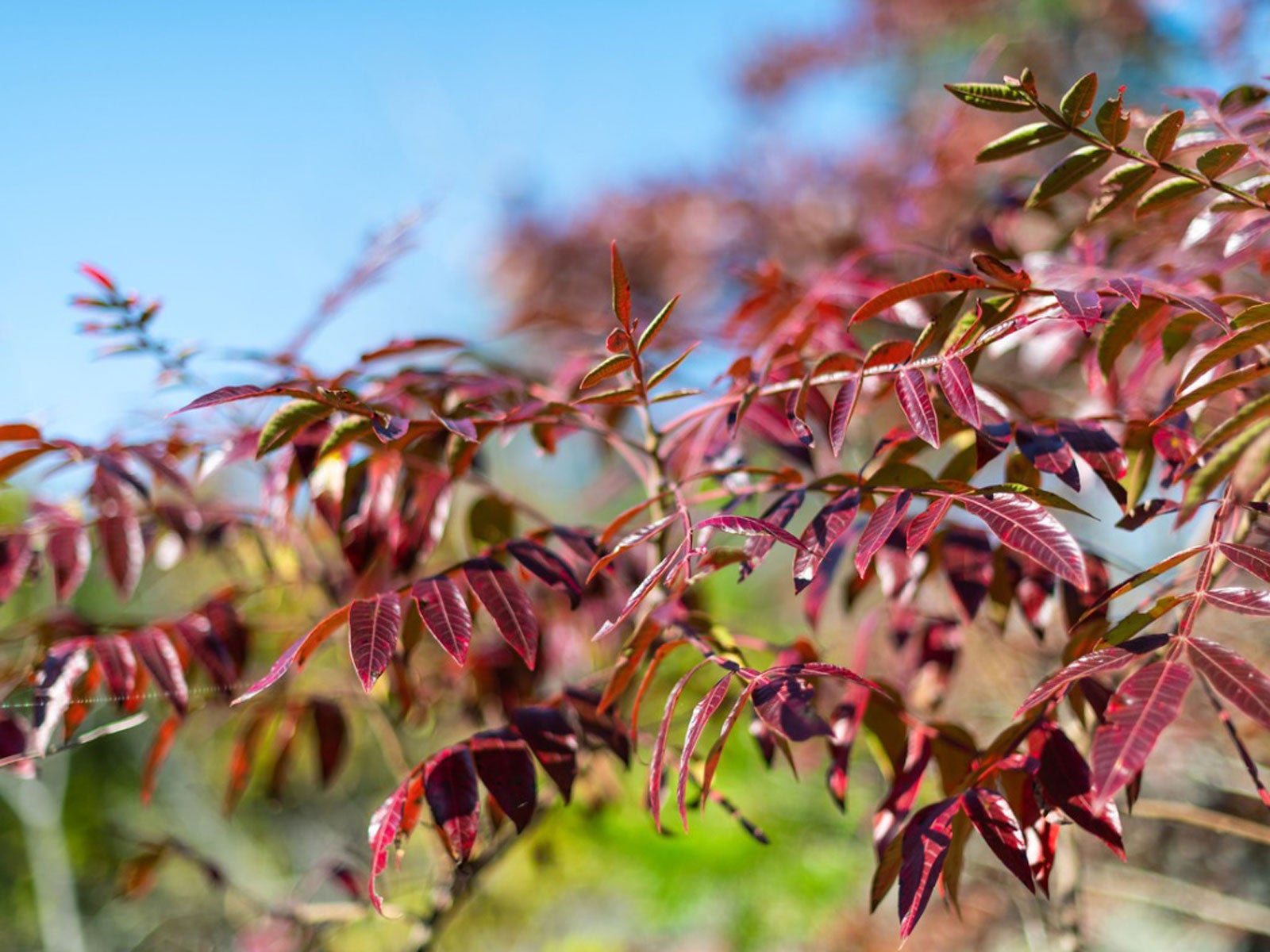 Ash Tree That Turns Purple – Learn About Purple Ash Tree Facts
Ash Tree That Turns Purple – Learn About Purple Ash Tree FactsThe purple ash tree is actually a white ash tree that has purple leaves in fall. Its attractive autumn foliage makes it a popular street and shade tree. For more information about ‘Autumn Purple’ ash trees, click on the following article.
By Teo Spengler
-
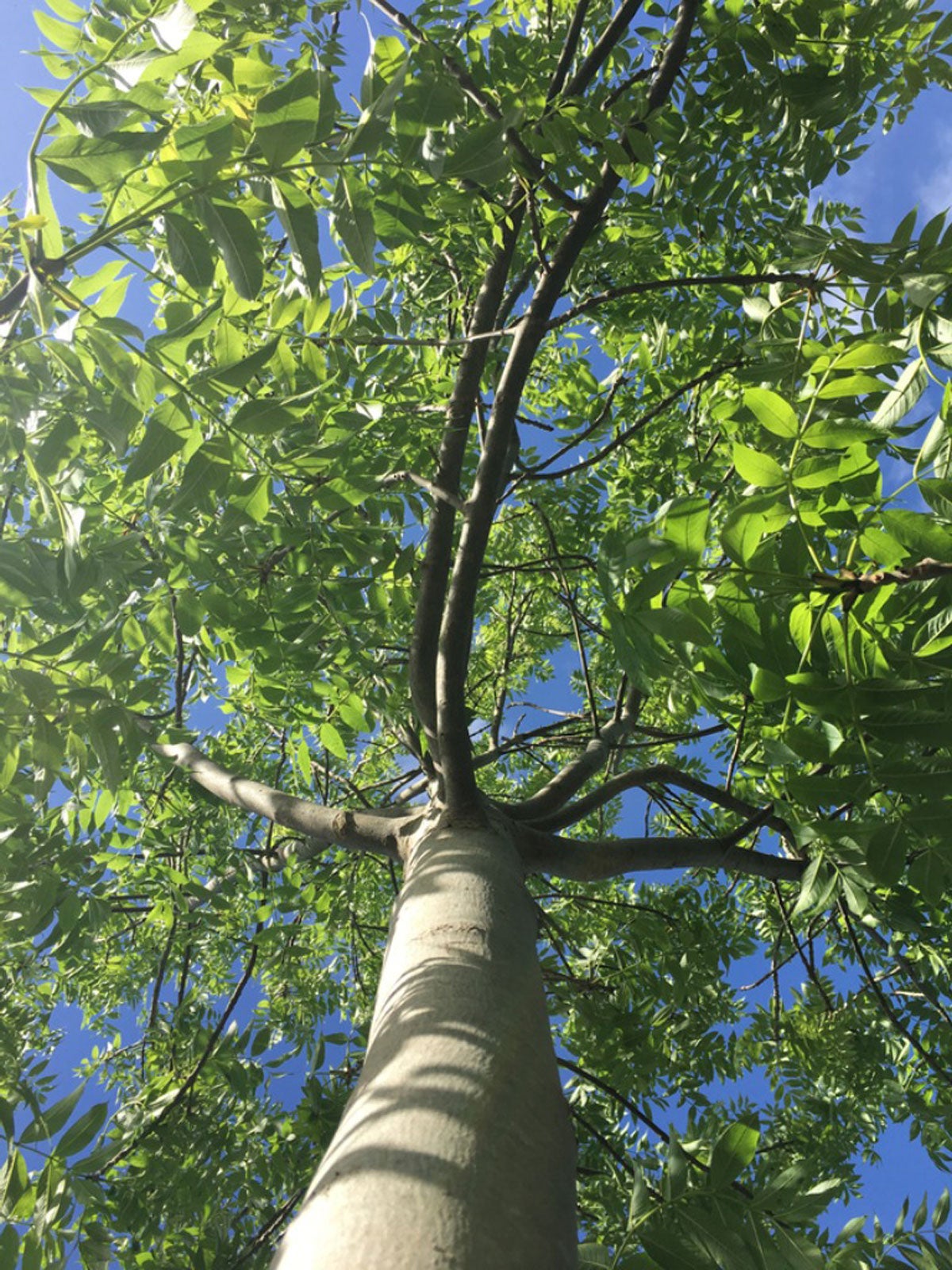 Ash Tree Identification: Which Ash Tree Do I Have
Ash Tree Identification: Which Ash Tree Do I HaveSome species of trees just happen to have “ash” in their common names but aren’t true ashes at all. Find different types of ash tree varieties here.
By Teo Spengler
-
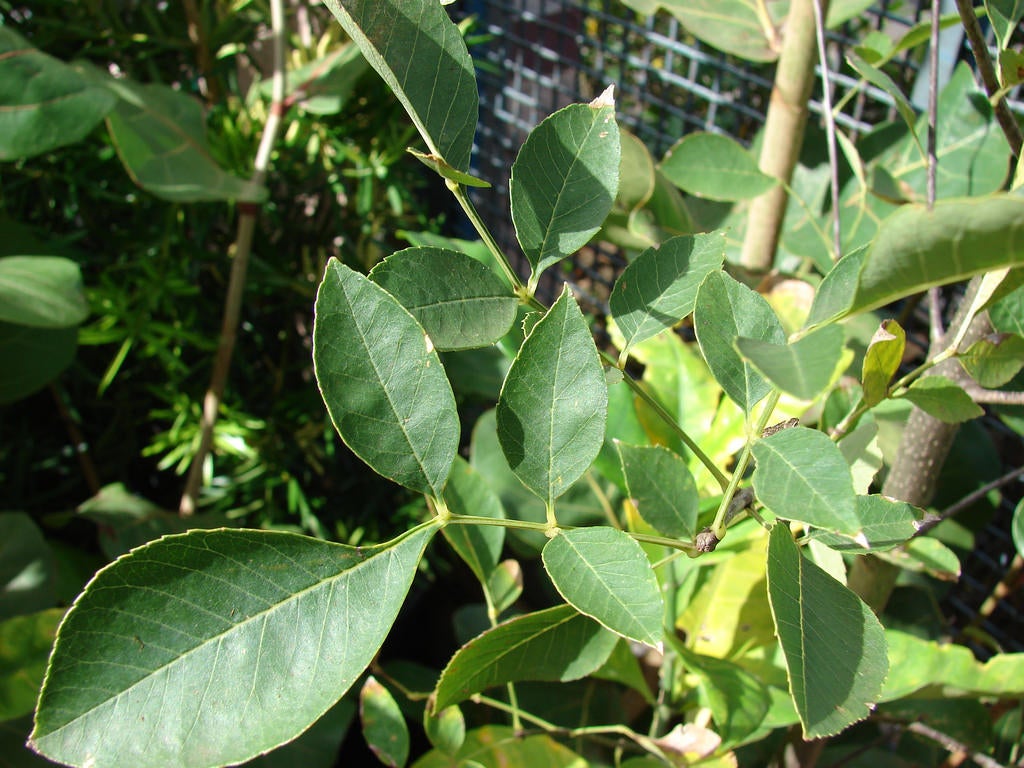 What Is Arizona Ash – How To Grow An Arizona Ash Tree
What Is Arizona Ash – How To Grow An Arizona Ash TreeArizona ash (Fraximus velutina) is an upright, stately tree with a rounded canopy of deep green leaves. It is relatively short-lived but may survive 50 years with proper care. Click on the following article to learn about growing Arizona ash trees in your landscape.
By Mary H. Dyer
-
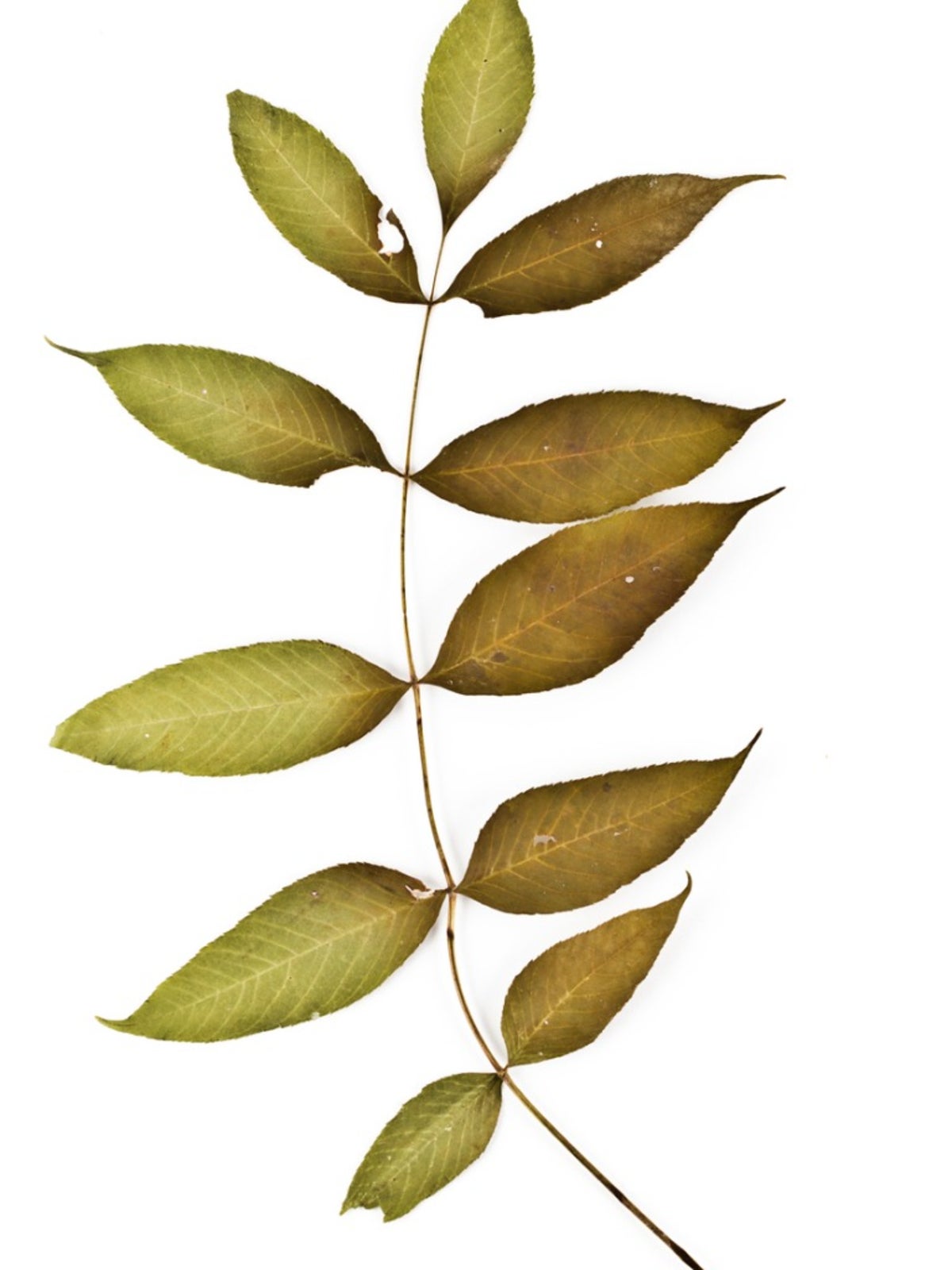 Black Ash Tree Information – Learn About Black Ash In Landscapes
Black Ash Tree Information – Learn About Black Ash In LandscapesBlack ash trees grow slowly and develop into tall, slender trees with attractive feather-compound leaves. This article has additional information about black ash trees and black ash tree cultivation. Click here to learn more.
By Teo Spengler
-
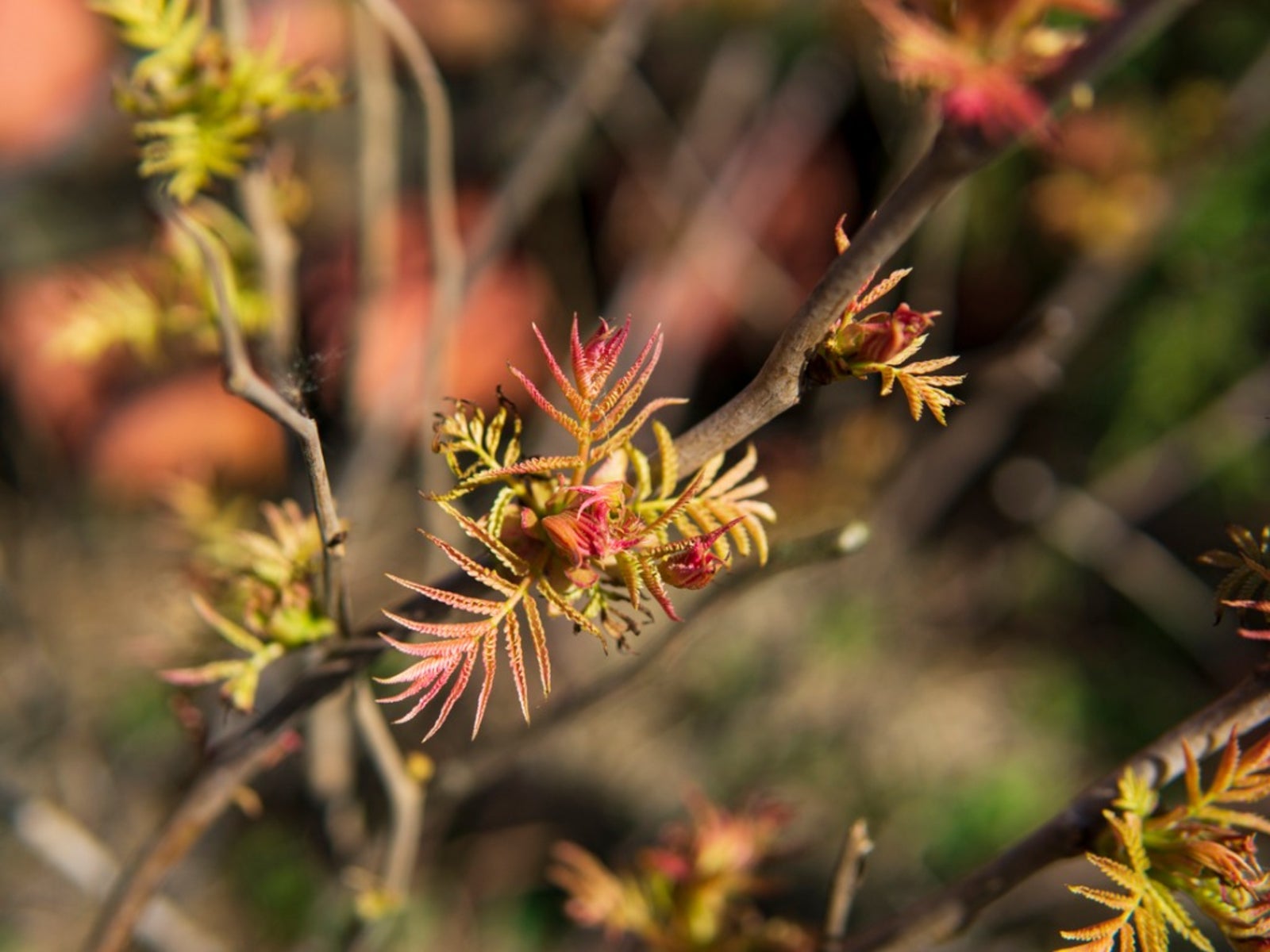 Showy Mountain Ash Care – Can You Grow A Showy Mountain Ash Tree
Showy Mountain Ash Care – Can You Grow A Showy Mountain Ash TreeIf you read up on showy mountain ash information, you'll find that the trees flower profusely, produce attractive berries and offer a stunning fall display. Growing this tree isn't difficult if you live in a cooler climate. Click here for tips on showy mountain ash care.
By Teo Spengler
-
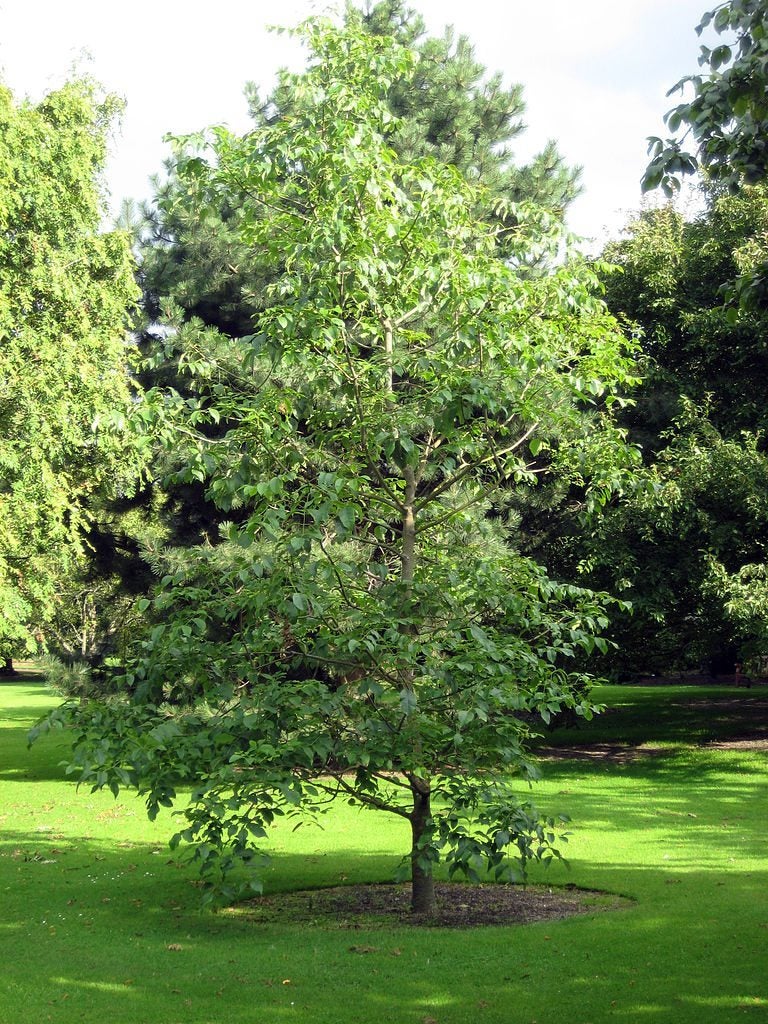 What Is A Pumpkin Ash: Information About Pumpkin Ash Trees
What Is A Pumpkin Ash: Information About Pumpkin Ash TreesYou've heard of pumpkins, but what is a pumpkin ash? It's a fairly rare native tree that is a relative of the white ash tree. If you're thinking of growing pumpkin ash trees, click this article for more pumpkin ash information, as this may not be such a great idea.
By Teo Spengler
-
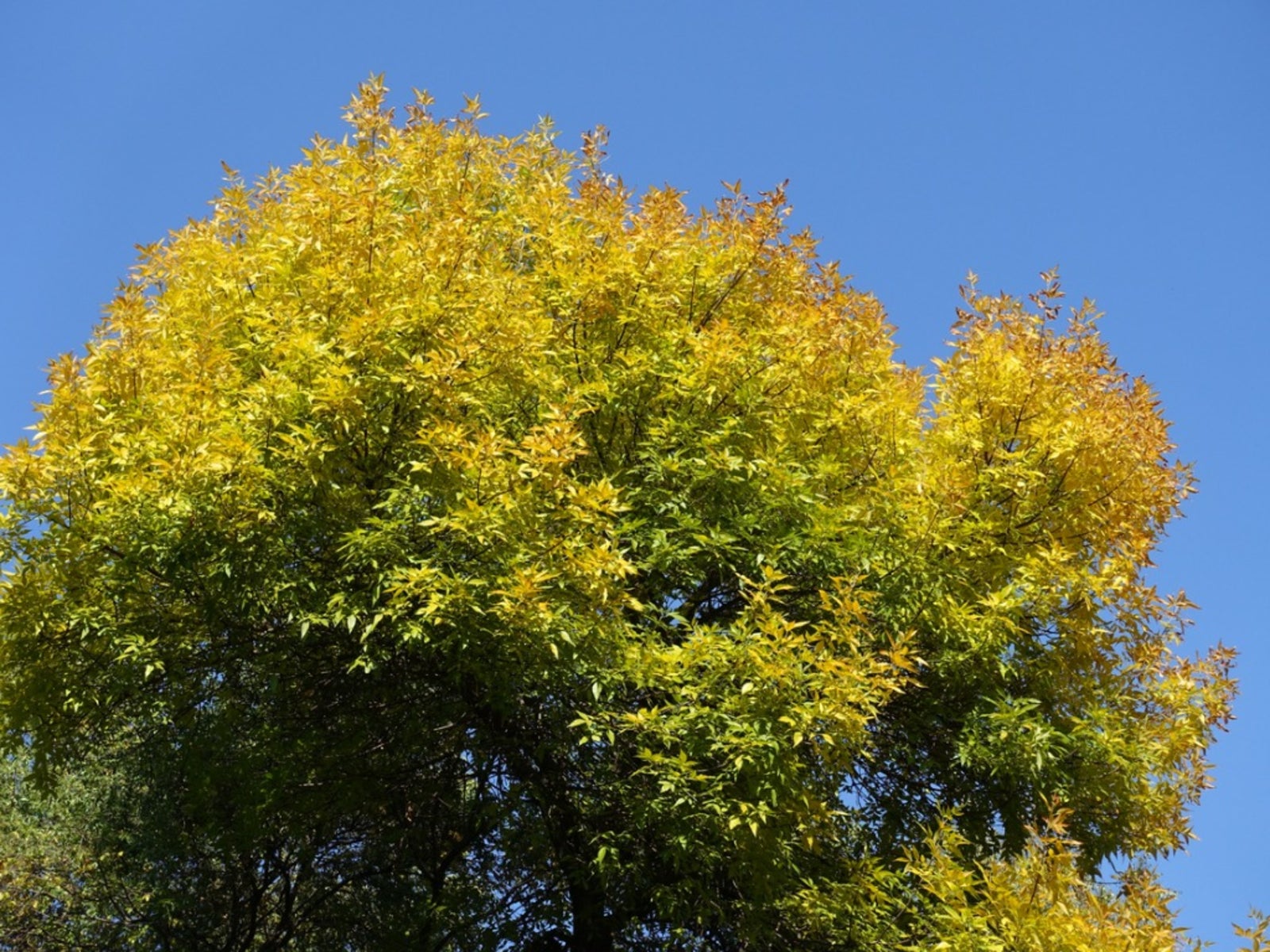 What Is A Green Ash – How To Grow A Green Ash Tree
What Is A Green Ash – How To Grow A Green Ash TreeGreen ash is an adaptable native tree planted in both conservation and home settings. It makes an attractive, fast-growing shade tree. If you want to know how to grow a green ash, click here. You?ll also find tips on good green ash tree care.
By Teo Spengler